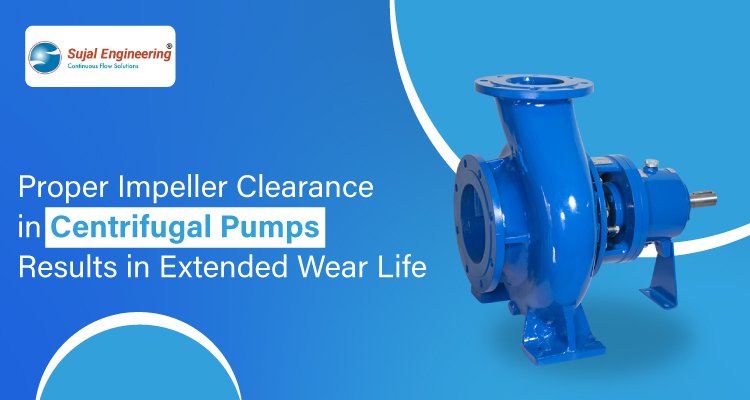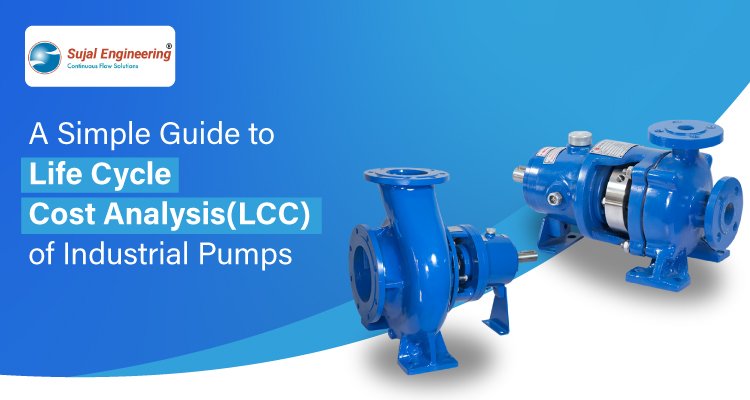Steps To Protect Your Pumps From Cold Weather

With the onset of winters, industries have one more thing to worry – how to protect pumps from cold weather. Harsh winters can freeze the pumps as well as the water, wastewater and other liquids in pipes. Extreme care is required during this time for right maintenance of pumps.
With the amount of moisture present during regular working of pumps, they are already vulnerable when the cold weather sets in. Frozen water/slurry in the pump can lead to many technical issues like equipment failure, improper functioning of a system, thermal shock or bursting of pipes. This may give rise to overall engineering problems to the entire system and may cost for repairing.
It is hence important to winterize your pumps with pre-preparation and careful operation.
Here are six steps to help you maintain your pumps in cold weather conditions:
1. Insulate the intake section and discharge line
The intake section collects water while the discharge line channels water away from the system. When either of these areas freezes, the pump cannot function properly and may lead to improper functioning of a system.
Wrapping the intake and discharge section with an electric cable or heating tape is one of the ways to prevent the pipes from freezing and protect the line from being damaged.
2. Have an appropriate heat source
Find a way to protect your pump from the cold weather and use an appropriate heat source to raise the temperature of the bearing assembly, lubricating oil, and pump casing before starting it up. A heating room would be an ideal way to do it.
3. Prevent freezing during shutdown
If you are shutting your unit for maintenance, make sure that it is completely free of water. In case of remnant water, it will freeze and expand which will ultimately result in damage. To avoid that, install a dump valve in the lowest point of the piping system and use it.
4. Maintain oiling regime
Any form of condensation or moisture in the pump bearings will turn into ice during low temperatures. This will prevent smooth movement of water/slurry in the unit.
Before cold weather arrives, check that the oil is suitable for weather conditions by checking the viscosity or “weight” of the oil against the coldest expected air temperature. You may have to go for different oil and lubricate the system more often to keep it effective in low temperatures.
5. Operate with care
Even though pumps are machines, they need care and need to be handled tactfully. While operating pumps in cold weather, the pump casing should always be brought up to operating temperature gradually, either with process flow or external heat, to prevent thermal shock. The stuffing box also needs a constant supply of water, which may need to be insulated or heated, and flush water must be drained to prevent ice buildup.
6. Use a bigger discharge
Water/slurry inside the pipes expands as it gets close to freezing. If the discharge hose is small, it is likely that the hose will be blocked with ice. These frozen chunks will prevent water from flowing and can lead to pipe bursting or other maintenance issues in the system. Use a bigger discharge hose to ensure that water will be able to pass through without difficulty.
These are some tips to keep your slurry system in working condition throughout the winter weather.
For those seeking to upgrade their system or purchase new pumps to work in harsh environments, rest your faith in Sujal Engineering to design and deliver.
Read More:




